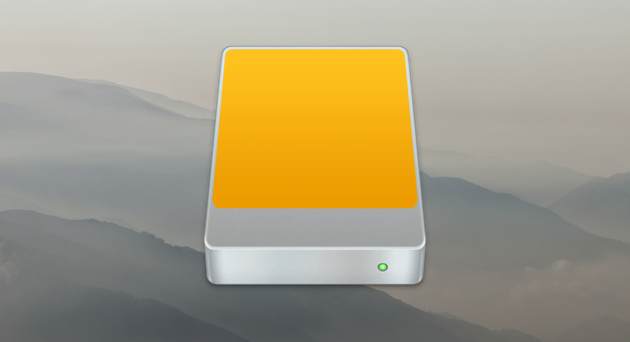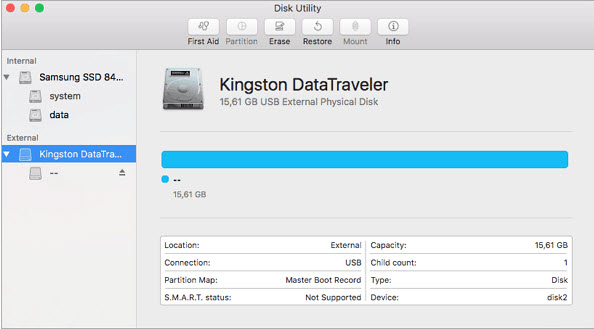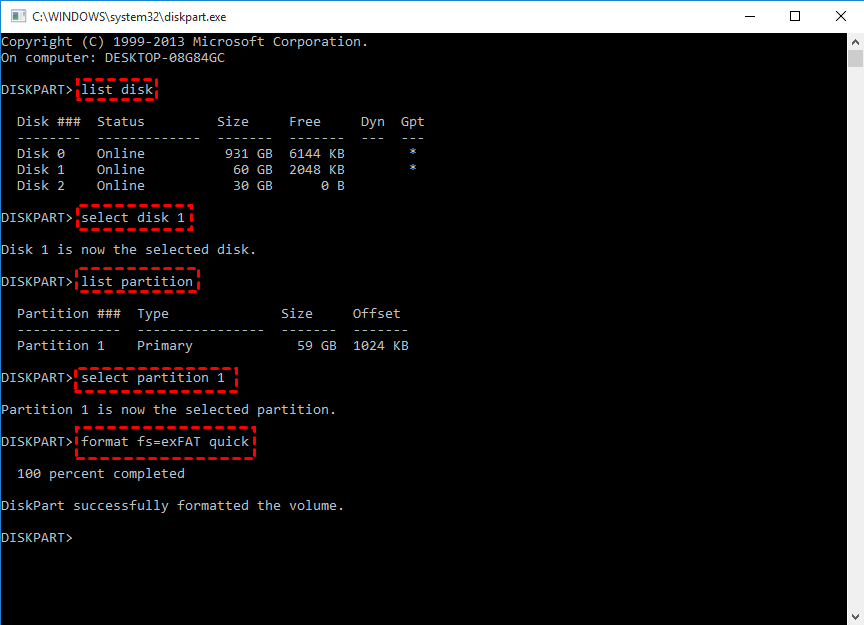
- FORMATTING A USB FOR MAC HOW TO
- FORMATTING A USB FOR MAC MAC OS
- FORMATTING A USB FOR MAC INSTALL
- FORMATTING A USB FOR MAC PORTABLE
- FORMATTING A USB FOR MAC PASSWORD
FORMATTING A USB FOR MAC PASSWORD
Journaled is safer – it adds some protection to make the thumb drive data safe if the power cuts out or the drive is pulled out when it is still in use.Ĭase Sensitive just means that upper case and lower case filenames are treated differently.Įncrypted means the data is password protected.įor best performance you should select ‘Mac OS Extended (Case-sensitive, Journaled).
FORMATTING A USB FOR MAC MAC OS
Mac OS Extended is the standard Macintosh Format that has been in use since OS-X Panther 10.3 You will need to select the format that you want. If you now click on ‘Format’ you will see a list of the available formats. Some options will appear in the main window. Click on the ‘Erase’ Tab as follows: Insert tahe thumb drive and it will appear in the left window pane like this:ģ. (It is in the ‘Utilities’ folder in the ‘Applications’ Folder on your computer.)Ģ.
FORMATTING A USB FOR MAC HOW TO
This article explains why this matters and how to format a USB drive into the format that you want.ġ. Once the above process is complete your drive will be ready to use.You may not know that USB Thumbdrives come in different formats. A progress bar will display the time elapsed and how much time (approximately) remains until formatting is complete. The final step is to select the Erase button, Formatting a drive can be a lengthy process, depending on – 1.



Moving it all the way to the Most Secure option will overwrite the drive seven times – which will take a lot longer but offers the most secure way of removing any old data.
FORMATTING A USB FOR MAC INSTALL
This means you or someone else could resurrect the files easily using data-recovery software, which isn’t necessarily a good idea.įor a fresh install of OS X, move the slider to the second option “This option writes a single pass of zeros over the entire disk.” This will overwrite the entire drive once.įor the highest level of security, move to the slider one more step to the right, which will overwrite the drive three times. Select ‘Security Options’ to select the security level on the drive, using a slider ranging from Fastest to Most Secure.įastest will erase the drive by removing the header information, but will leave the underlying files intact, although they will be hidden. Ideally you want to name it something relevant like ‘Bob’s Main HD’ for the internal laptop drive or ‘My Videos & Pictures’ if you’re using the drive externally to store videos and images, etc. Once you’ve chosen the drive format you want to use, you’ll need to name the drive. You may also choose this opion if you wisjh to create a Bootcamp partition, in order to install and run Windows on your Mac.ĮxFAT– the same as for MS DOS (FAT)above, only this option has been optimised for flash drives – both internal and external. MS-DOS (FAT)– if you wish to share this drive with a Windows PC, Playstation 3, Xbox 360 or One or a Linux based Operating System then you can choose this option (be aware of file size limits using FAT See Here). For example a file named MyFile.txt and myfile.txt would be treated and handled as two separate individual files. Mac OS Extended (Case-Sensitive, Journaled)– if you wish to identify and differentiate files by lower and upper-case files on a drive this type of format will allow the file system to treat case sensitive files as separate individual files. For more information on this please click HERE Encryption can also be applied USB any key drives that you use.
FORMATTING A USB FOR MAC PORTABLE
You can also Encrypt your internal laptop drive, as well as any external drives, which is a great idea if you carry around additional portable drives and want to keep your data secure in the case that you lose that drive or laptop. OS X Extended (Journaled)– this is the default (and recommended) format for creating secure password-protected drives. Choose the drive you’d like to format, and then select/click the Erase option.ĭisk Utility automatically defaults to the OS X Extended (Journaled) file system format, but you can choose a different option by selecting Formatting options. You should see a list of available drives.

Open Applications > Utilities, which is found through Finder, then open the Disk Utility application. There are several options which we will look at to help you choose the correct format for you and show you how to ready the disk for use Step 1: Launch Disk Utility Formatting an external drive for use with an Apple Macīefore you can use a new (or old) drive with a Mac you will need to format it.


 0 kommentar(er)
0 kommentar(er)
